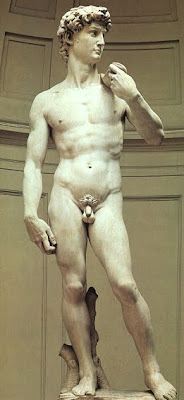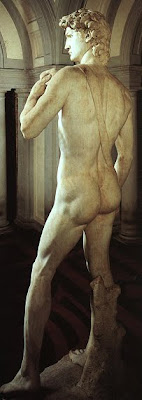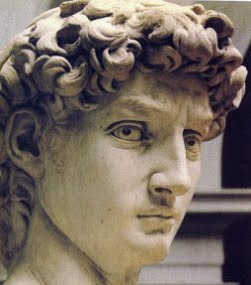Paintings: Vladimir Kush, consulted on Wednesday November 4, 2009. Available at:
<http://www.vladimirkush.com/editions.php>
<http://www.vladimirkush.com/editions.php>
>


“Construyendo mi mundo”
(Building my world)
Fernanda Covarrubias Noriega
Saturday November 7, 2009
1 x 60 m
Acrylic on MDF
Last month I had a strange dream ... I was 40. Therefore, I was halfway. Assuming I will live to the eighty´s (and this is a big assumption, because if I have learned anything, is that the only thing expected of life is the unexpected), I was halfway home; halfway in the adventure I call my life...
Lately I've become "philosopher". I'm less inclined to waste time, less likely to listen to negative people, less willing to lose the opportunity to love and support another human being, to get closer to my dreams or real fun.
When I read the lives that others have lived, tips on what's important in this life, comes to me, and I discovered that in reality, all those lives share similar traits: family, friendship, the contribution to the community, the need to take calculated risks, kindness expressed through small acts, and love.
And I still not find a biography that says "He died peacefully in his sleep surrounded by his lawyer, his agent and his changing bag."
...
I hope that the answers to these questions...
Have I dream in abundance?
Have I lived fully?
Have I learned to let go?
Have I loved well?
Have I carefully stepped on this land and leave better than I found it?
...help you to live with more authenticity, enthusiasm and joy. Because certainly, the success comes from clarity. We can not hit a target we can not see.
And if you think it, we're not so long in this world. So live our potential right now and begin to build our perfect world...
Lately I've become "philosopher". I'm less inclined to waste time, less likely to listen to negative people, less willing to lose the opportunity to love and support another human being, to get closer to my dreams or real fun.
When I read the lives that others have lived, tips on what's important in this life, comes to me, and I discovered that in reality, all those lives share similar traits: family, friendship, the contribution to the community, the need to take calculated risks, kindness expressed through small acts, and love.
And I still not find a biography that says "He died peacefully in his sleep surrounded by his lawyer, his agent and his changing bag."
...
I hope that the answers to these questions...
Have I dream in abundance?
Have I lived fully?
Have I learned to let go?
Have I loved well?
Have I carefully stepped on this land and leave better than I found it?
...help you to live with more authenticity, enthusiasm and joy. Because certainly, the success comes from clarity. We can not hit a target we can not see.
And if you think it, we're not so long in this world. So live our potential right now and begin to build our perfect world...
Fernanda Covarrubias Noriega.










